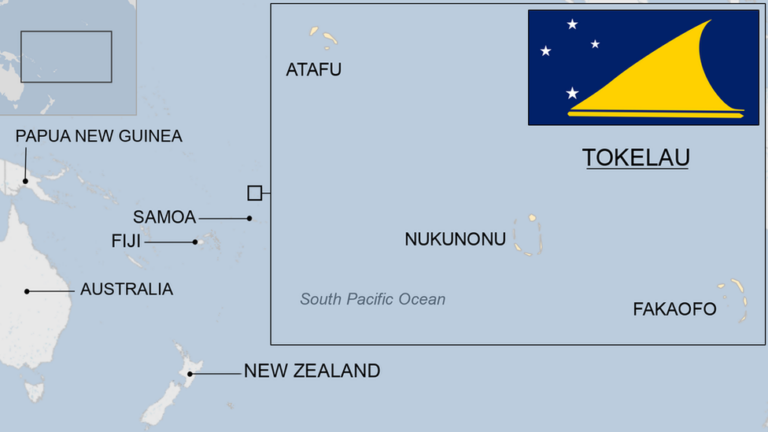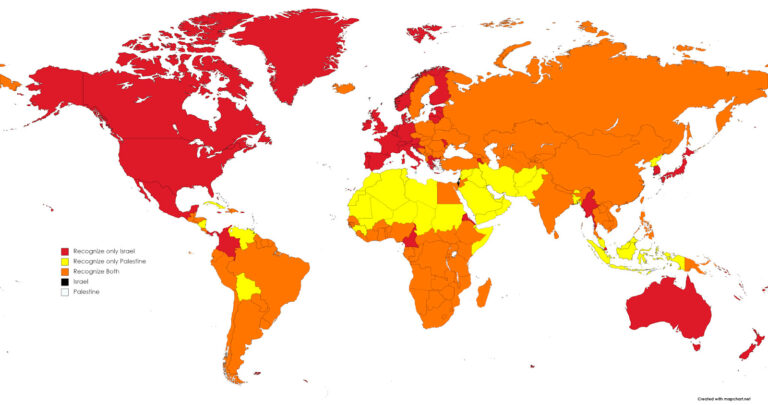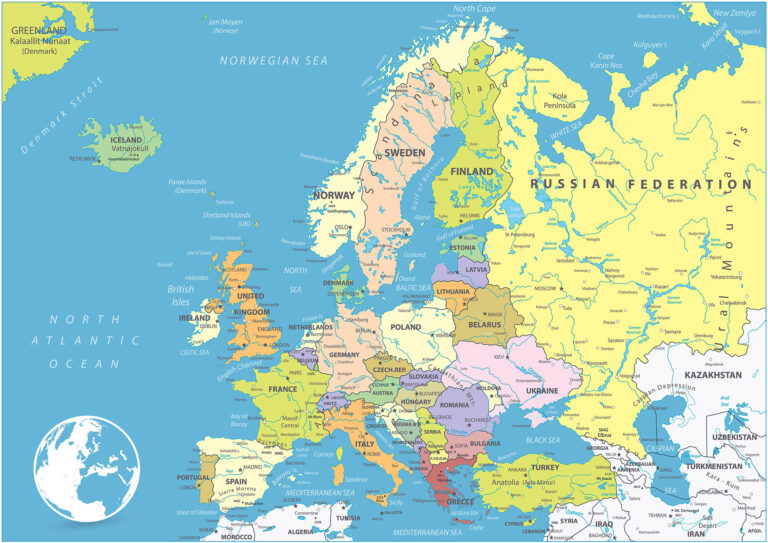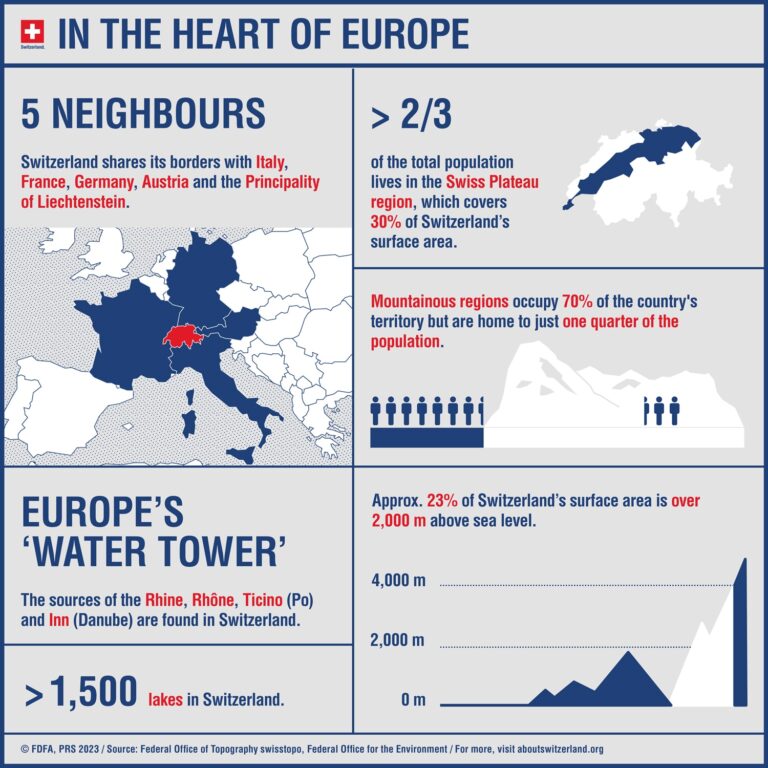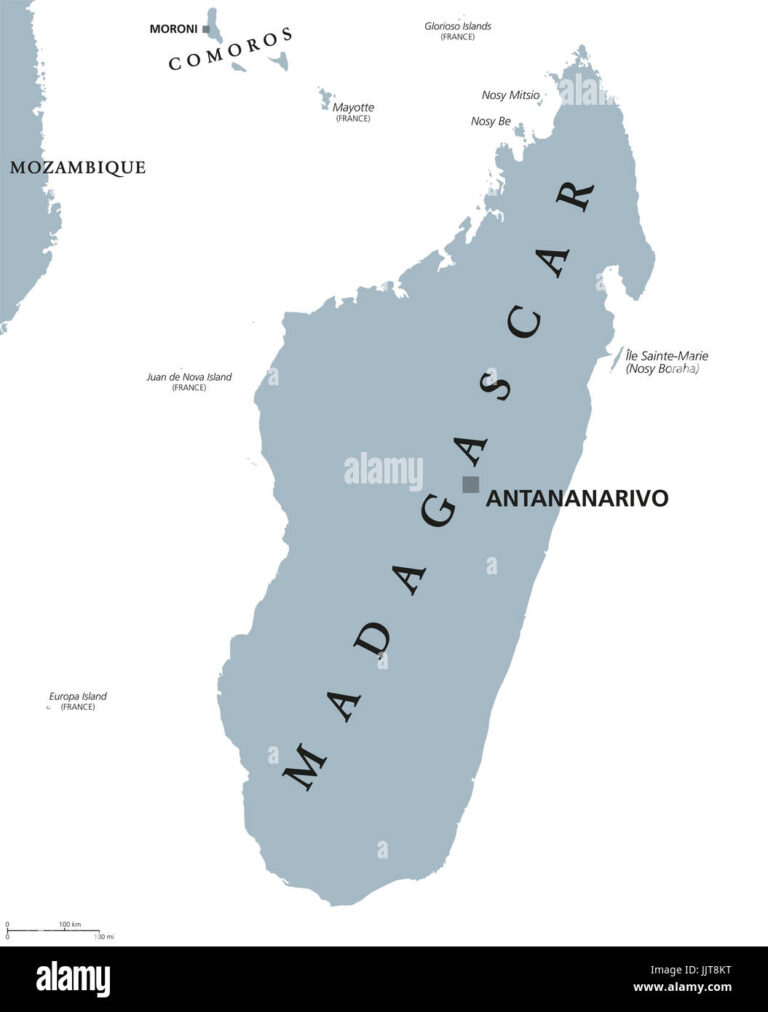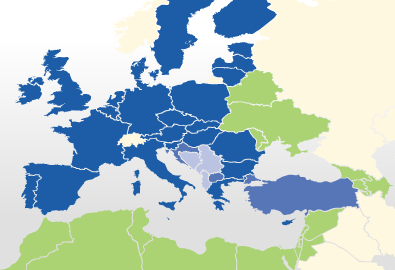Austria Neighbouring Countries on the Map
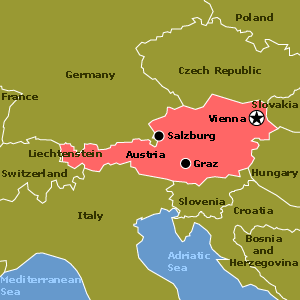
Bordering Countries Overview
Geographical Placement of Austria’s Neighbors
Austria hangs out right at the heart of Europe, rubbing elbows with a total of eight countries. Being landlocked hasn’t stopped it from being at the center of a tight-knit group. It’s got Germany to the north, Czech Republic up top too, Slovakia not far off, Hungary on its eastern doorstep, Slovenia just a hop away, Italy cozied up to the south, and Switzerland and Liechtenstein completing the circle.
| Neighboring Country | Border Length (km) |
|---|---|
| Germany | 801 |
| Czech Republic | 402 |
| Slovakia | 105 |
| Hungary | 331 |
| Slovenia | 330 |
| Italy | 404 |
| Switzerland | 158 |
| Liechtenstein | 34 |
Source: Wikipedia
Being surrounded by this motley crew not only pumps up Austria’s human and cultural chemistry but also powers its connections across Europe. It’s like having a golden ticket for travel and teamwork.
Importance of Neighboring Relationships
Austria’s ties with its neighbors go way back and shape how they roll today. These pals aren’t just allies but partners in Austria’s plans for trade and diplomacy. The bonds are tight, with plenty of shared history, which made them more than good neighbors—they’re essential allies (Federal Ministry for European and International Affairs).
After the big EU expansion in 2004, Austria’s trade with nearby Central and Eastern European buddies shot up threefold. This boom shows how getting chummy with its neighbors gives Austria’s markets and wallet a real boost (Federal Ministry for European and International Affairs).
But it’s not all trade. Austria teams up with its neighbors on plenty of other stuff, like keeping folks healthy and handling regional security. When Covid-19 hit, Austria hooked up with Hungary, Slovenia, Slovakia, and the Czech Republic to form the “Central Five” to combat the pandemic as a unit.
Maybe check out some deets on Austria’s colorful neighbors:
- Germany Neighboring Countries
- Czech Republic Neighboring Countries
Northern Neighbors
Austria bumps elbows with its neighbors to the north: Czech Republic, Slovakia, and Germany. These neighboring countries aren’t just lines on a map; they are vital to the rich tapestry of Austria’s geography and culture.
Czech Republic
To the north, Austria shakes hands with the Czech Republic over a 360-mile-long (580 km) border stretching from east to west. This is where Central Europe gets a dose of Austrian-Czech camaraderie. The bond here is as much about vibrant trade as it is about sharing cultural treasures. Picture delicious pastries and folk music exchanged like handshakes across the table.
Slovakia
Austria’s northeast pal, Slovakia, shares a shorter piece of earth, about 65 miles (105 km) of it. Small indeed, but mighty in terms of collaboration. From enticing tourists with ancient castles and folklore, these two countries are like the cool kids on the travel map, throwing the best parties full of history and scenic views.
Germany
Germany and Austria cozy up along their 497-mile (801 km) boundary, the longest Austria’s got with a neighbor. This lengthy partnership is rooted in deep historical connections, cultural ties, and lively economic interactions that have seasoned their friendship to perfection. Their relationship is like a good brunch—spanning several courses, full of flavor, and always over before you want it to be.
| Country | Border Length (km) |
|---|---|
| Czech Republic | 580 |
| Slovakia | 105 |
| Germany | 801 |
Knowing how Austria rubs shoulders with its northern neighbors is a great peek into the lively dynamics of Central Europe. If you’re curious about the friends Austria keeps on other sides, take a look at our pieces on Afghanistan’s neighboring countries and Albania’s neighboring countries.
Eastern Neighbors
Austria hangs out next to two interesting pals on its eastern side: Hungary and Slovenia. Besides sharing lines on a map, these countries have deep, intertwined histories with Austria, filled with culture and stories.
Hungary
Right next door on the east, Hungary keeps Austria company with a shared frontier of 321 kilometers. Hungary’s got a bit of everything: endless plains, hilly areas further north, and a unique personality that charms visitors and neighbors alike.
Trade-wise, these two are like peas in a pod. Since 2004, when Hungary joined the EU club, the trading game between them skyrocketed. Austria’s been sending goods like crazy, and it’s all smiles and business booms, thanks to this European unity push (Check Austria’s foreign fun facts).
| Attribute | Value |
|---|---|
| Border Length | 321 km |
| Population Density | 105/sq km |
| Major Exports | Machinery, Transport Stuff |
Fancy more on what’s going down between Hungary and Austria? Pop over to Austria’s Neighbor Lowdown.
Slovenia
To Austria’s south, Slovenia stretches out, sharing a 330-kilometer boundary. Slovenia’s practically a postcard with its green scenes, mountainous views, and crystal lakes, adding to Austria’s own scenic backyard.
The duo’s relationship flourishes through rich exchanges in culture and commerce. Throw in top-notch rail and road links and these countries are practically interconnected – a sweet setup for tourists and traders on both sides.
| Attribute | Value |
|---|---|
| Border Length | 330 km |
| Population Density | 102/sq km |
| Major Exports | Chemicals, Yummy Bites |
Curious about how to hop between Austria and Slovenia? Hit up our Transport and Connectivity corner.
Getting the full scoop on these eastern pals shows exactly why Austria’s spot in Europe is such a prime locale. Sharing not just borders but rich historical and cultural stories sure does spice up their relationship. For a deeper dive into this shared history, swing by our Historical Fun Facts.
Western Neighbors
Austria’s western flanks are buddying up with Switzerland, Liechtenstein, and Italy. Each place has its own quirks and twirls with Austria that show off their link-ups in geography and culture.
Switzerland
Right next door to Austria is Switzerland, a non-EU country. These two have got a bunch of complex ties through the EU (Federal Ministry for European and International Affairs).
Their border is a big deal for trade and moving stuff around thanks to the Alps they both share. This place is famous for its breathtaking mountain views, drawing in sightseers from everywhere. Good old trains and roads keep things rolling smoothly between them.
| Country | Border Length (km) | EU Member |
|---|---|---|
| Switzerland | 158 | No |
Liechtenstein
Over to the west, we’ve got Liechtenstein, one of Europe’s pint-sized players. But don’t let its size fool you—it’s got strong economic ties with Austria, helped out by its nifty spot in the Alps.
Getting around between Austria and Liechtenstein is a breeze, thanks to great trains and roads. This handy movement is key to boosting economic and cultural swaps between these countries.
| Country | Border Length (km) | EU Member |
|---|---|---|
| Liechtenstein | 34 | No |
Italy
Dead south of Austria sits Italy. Among the folks next to Austria, South Tyrol stands out for its history. It was part of Austria until World War I changed things up (Federal Ministry for European and International Affairs). This backstory still colors Austrian foreign dealings and the back-and-forth between the two.
Their shared border dances over the Alps, making it not only drop-dead gorgeous but also crucial. The Brenner Pass is a top-notch route for going places and trading.
| Country | Border Length (km) | EU Member |
|---|---|---|
| Italy | 404 | Yes |
Getting a handle on where Austria’s buddies sit and the stories behind these areas helps see how they work together across borders. Interested folks can check out more on Austria’s neighbors in our pieces on Algeria neighboring countries and Australia neighboring countries.
Transport and Connectivity
Getting around Austria and its neighborly lands is a piece of cake once you’ve got the lowdown on their many travel options. Here, we’ll dish out the deets on trains, metros, buses, and those jaw-dropping scenic rail rides.
Rail and Metro Systems
Austria really shows off with its spanking-new and broad rail network, making hopping to nearby lands a cinch.
- Vienna Metro System: In Vienna, Austria’s crown jewel, you’ve got the U-Bahn for all your metro needs. With its five lines (U1, U2, U3, U4, and U6), it’s there for you from the crack of dawn till midnight on weekdays. Fridays and Saturdays? It’s party time with 24-hour service (Lonely Planet).
Bus Services
If buses are your thing, Austria’s got you covered from city streets to mountain trails.
- Postbus: You’ll find Postbus roaming far and wide, tackling alpine roads and lakesides with flair. Often linked with trains, it makes getting from A to B super smooth.
- Regional Operators: Each nook and cranny, be it Lower or Upper Austria, Salzburgerland, Styria, or Carinthia, has its gang of local bus champs offering sweet rides within and beyond their beats (Lonely Planet).
Scenic Rail Routes
For those who fancy a travel experience that’s more about the journey than the destination, Austria’s scenic rail rides are the ticket. Feast your eyes on these gems:
| Rail Route | Length (km) | Features |
|---|---|---|
| Semmeringbahn | 41 | UNESCO World Heritage patch, sweeping mountain vistas |
| Mariazellerbahn | 84 | Classic narrow-gauge setup, weaving through lush forests |
| Zillertalbahn | 32 | Steam and diesel beauties, valley scenes that impress |
| Schafbergbahn | 5.85 | Climbing gear rail, jaw-dropping alpine panoramas |
Craving more eye candy and interesting reads? Check out other scenic spots with our pieces on Albania neighboring countries and Armenia neighboring countries.
In the mood for a bit of map study on nearby lands? Dive into our articles on Bulgaria neighboring countries, Belgium neighboring countries, and Bosnia and Herzegovina neighboring countries for a crash course in European surroundings.
Historical Context
Evolution of Borders
Austria’s boundaries have done the cha-cha through history, changing step as geopolitical dances shifted. After the curtain fell on World War I, Austria found itself center stage with borders redrawn by the Treaty of Trianon in 1920. This treaty carved out Austria as its own republic, giving it a whole new shape.
| Event | Impact on Borders |
|---|---|
| Treaty of Trianon (1920) | Shuffled lands around, handing Burgenland from Hungary over to Austria |
| Post-World War II tweaks | Fine-tuned borders with neighbors next door |
Impact of World War I
When World War I wrapped up, the Austro-Hungarian Empire unraveled like a loose thread, giving birth to new states and sending Austria on its journey to modern form. A big change was Burgenland joining the gang, officially part of Austria in 1921 after the Treaty of Trianon did its thing.
That era also saw today’s Austria shaking hands with its new, independent neighbors, as Europe was re-sketched with fresh boundaries, redefining Central Europe’s map as we know it now.
Formation of Austria’s Federal States
Austria is like a patchwork quilt of nine federal states, each square telling its own story. These add layers to the country’s layout, geographically and politically. The Austrian regions of Vorarlberg, Tyrol, Salzburg, and Upper Austria sidle right up to the border, brushing shoulders with Bavaria in Germany (Wikipedia). Meanwhile, Jungholz and Kleinwalsertal stick out like quirky appendages you can only reach through Germany (Wikipedia).
| State | Notable Details |
|---|---|
| Burgenland | Used to hang out with Hungary, shifted to Austria after World War I vibes |
| Vorarlberg | Austria’s far west, hanging with Switzerland and Liechtenstein |
| Tyrol | Brings the Alps to the party, borders Italy |
Peeking into Austria’s border tales and federal states gives a peek into how the Austria we know today was sewn together. To scope out Austria’s setup with its neighbors, drop by our sections on Northern Neighbors and Western Neighbors.

